Take Me Out To The Ball Game
In 1908 baseball was memorialized in the song “Take Me Out To The Ball Game” which eventually became one of the 365 top “Songs of the Century.”
Below are the lyrics of the 1908 version, which is out of copyright.1
Katie Casey was baseball mad,
Had the fever and had it bad.
Just to root for the home town crew,
Ev’ry sou [slang for a low-denomination coin]
Katie blew.
On a Saturday her young beau
Called to see if she’d like to go
To see a show, but Miss Kate said “No,
I’ll tell you what you can do:”
Chorus
Take me out to the ball game,
Take me out with the crowd;
Buy me some peanuts and Cracker Jack,
I don’t care if I never get back.
Let me root, root, root for the home team,
If they don’t win, it’s a shame.
For it’s one, two, three strikes, you’re out,
At the old ball game.
Katie Casey saw all the games,
Knew the players by their first names.
Told the umpire he was wrong,
All along,
Good and strong.
When the score was just two to two,
Katie Casey knew what to do,
Just to cheer up the boys she knew,
She made the gang sing this song:
Did you find yourself singing the chorus? I couldn’t help but sing it.
The song opens with “Katie Casey was baseball mad” and I tend to believe that Joseph (Joe) Albert Vadnais, my grand-uncle and the eldest brother of my grandfather Adlore Vadnais, was also “baseball mad.”
Around the time the song came out, Joe and his wife Nellie (McGee) were living in Ambrose, North Dakota, a Canadian port of entry and the terminus of the Flaxton branch of the Soo railway.
It was in the spring of 1906 that the Minneapolis, St. Paul and Sault Ste. Marie Railway, known as the Soo Line, set in motion the construction of the Flaxton branch that would extend rail service from Flaxton, North Dakota to the northwest corner of North Dakota where Ambrose is located, a total of 58 miles in length.
The town of Ambrose was named by Mr. Ambrose B. Olson, the right-of-way agent for the Soo Line at the time and would eventually become known as “The Queen City of Divide County.” Ambrose Township saw its first settlers in 1903 and by the winter of 1906 Ambrose was a bustling little community.2 Many of those settling there came to homestead the land and farm. The railroad provided them with an easy way to transport their crops to the rest of the world. I think it was a classic case of if you build it, they will come. Joe must have seen an opportunity.
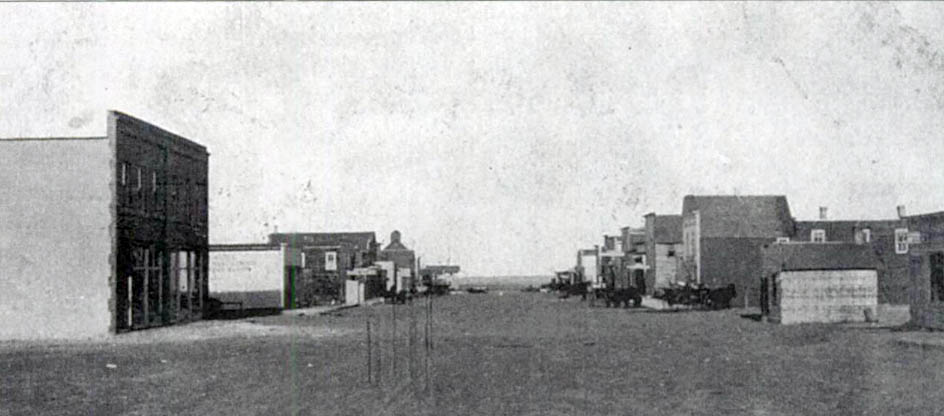
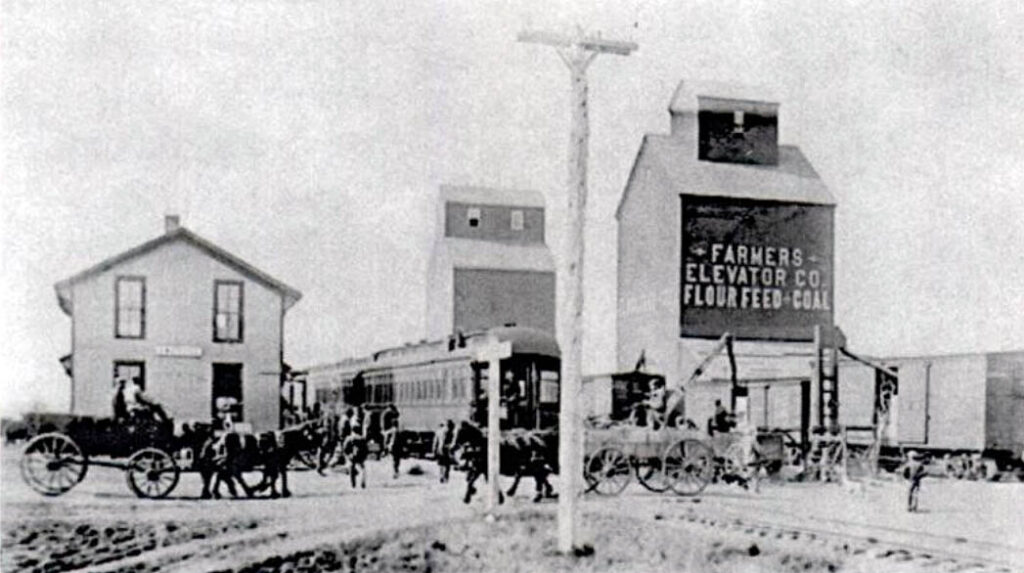
The people of the area worked hard and from what I’ve gleaned from the local newspapers, they also played hard. There were many baseball games, dances, horse races, wrestling matches and other events held on a regular basis. The small communities across the area, including Ambrose, Flaxton, Colgan, Kermit, Noonan, Crosby, Westby and Fortuna, were tight-knit. Everyone seemed to know one another.
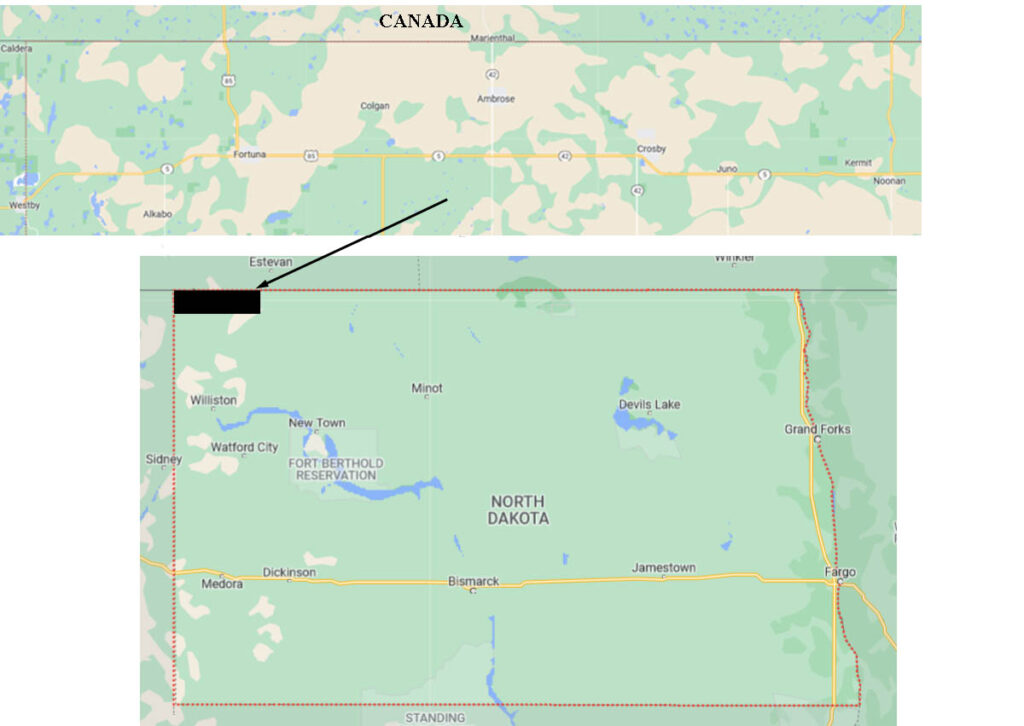
The first I found of Joe and his being associated with baseball in North Dakota, was in a May 15, 1908 article in the Ambrose Newsman.4
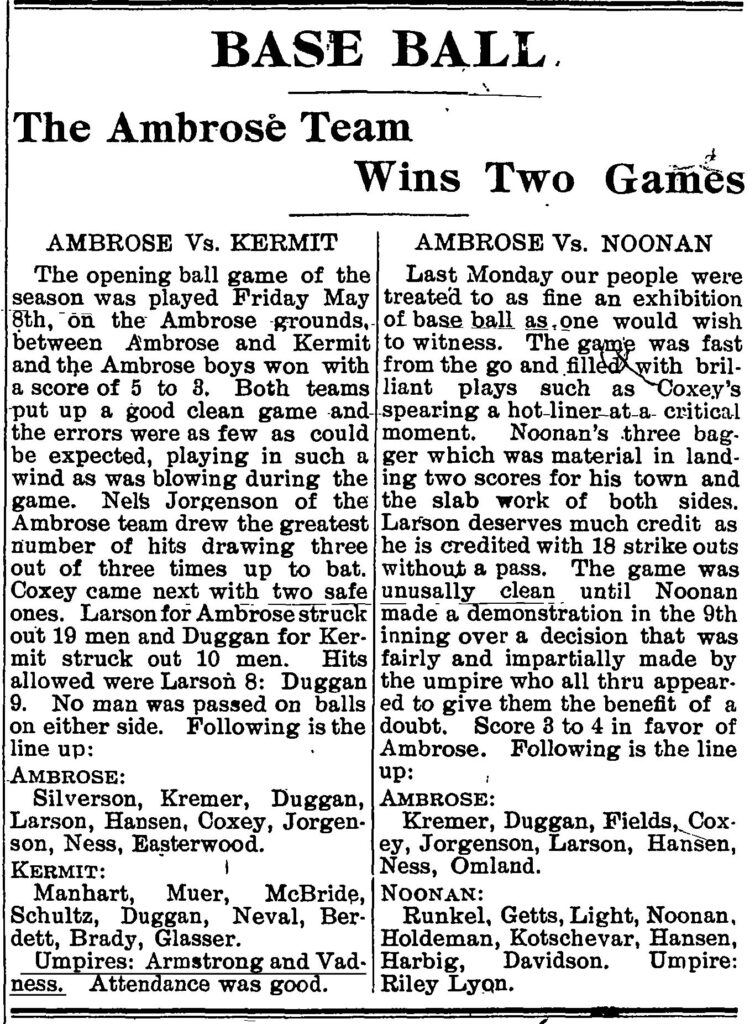
By 1909 Joe is reported as playing on the team.
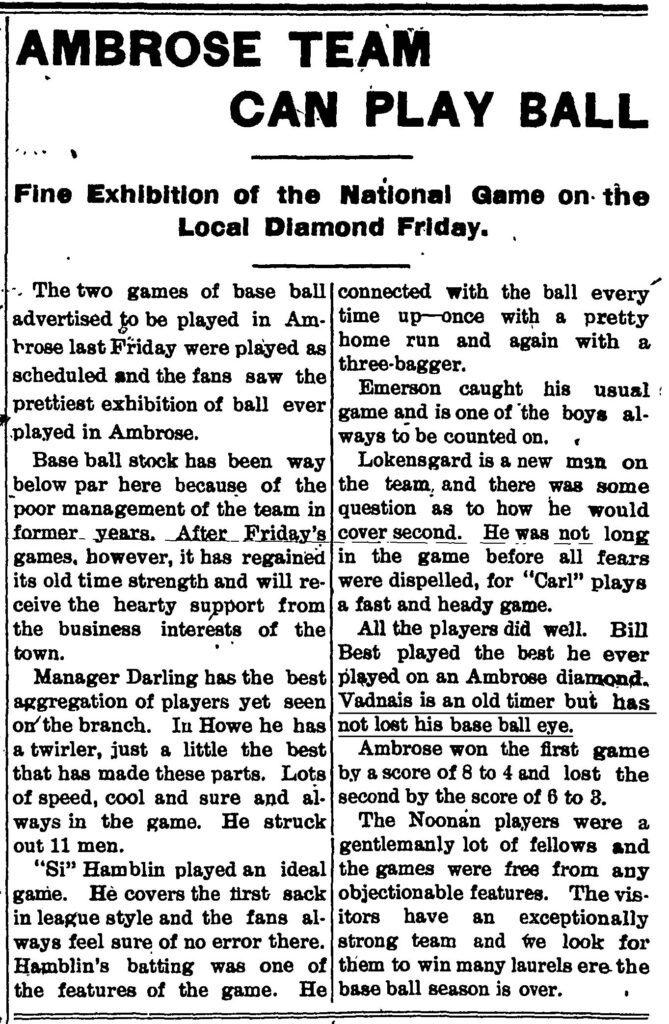
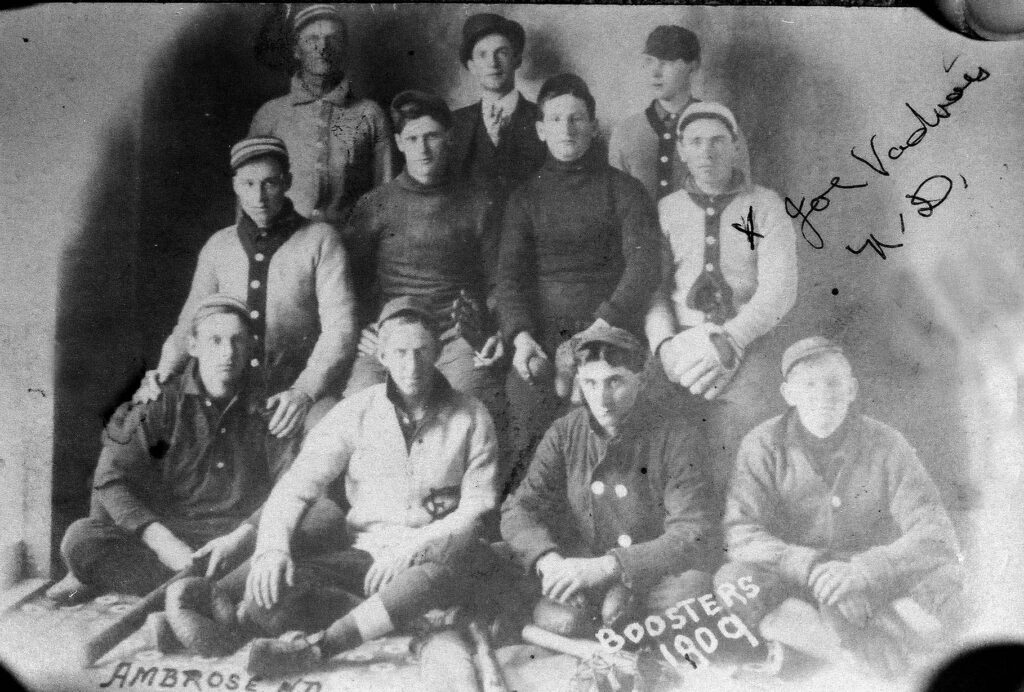
His nickname was “Little Joe,” I assume it was because he was about 5 foot 3 inches tall.
The July 30, 1909 Ambrose Tribune reported that “Coxey Patrick, L. A. Howe, Si Hamblin and Joe Vadnais of this city assisted the Flaxton ball team Friday in the game with Crosby. The game resulted in a victory for Flaxton by a score of 5 to 3.”6
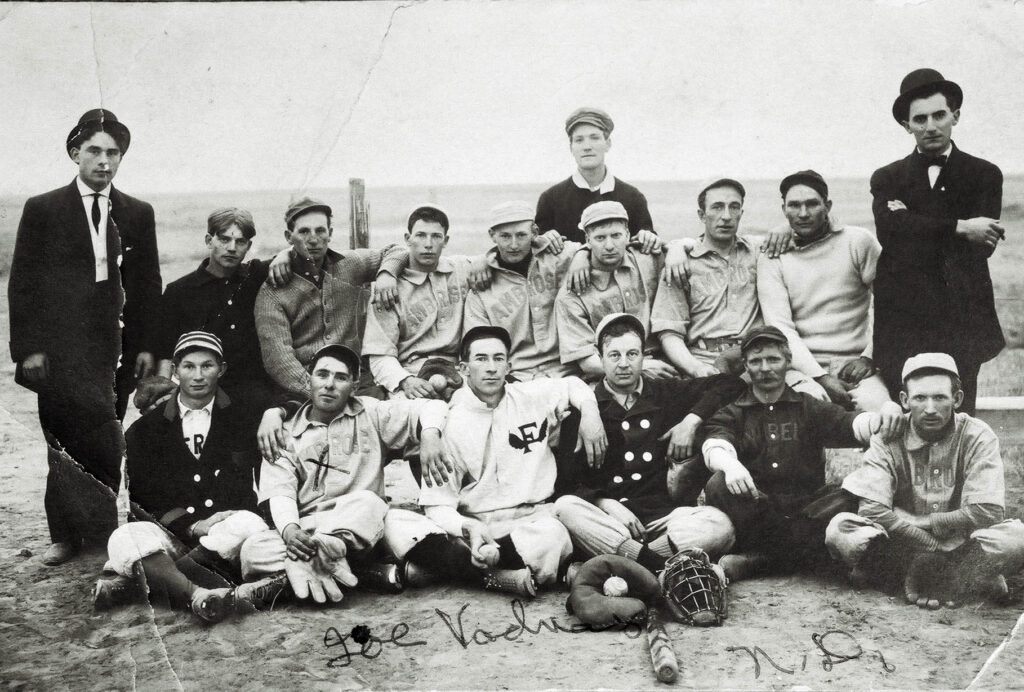
Joe is the second from the left in the front row
Although I did not find Joe mentioned in the newspaper in 1910, the ball team did make the news. One article announced the end of the ball season. It seemed a bit early in the year for baseball to end, but I imagine that many of the players would soon be busy harvesting their crops.
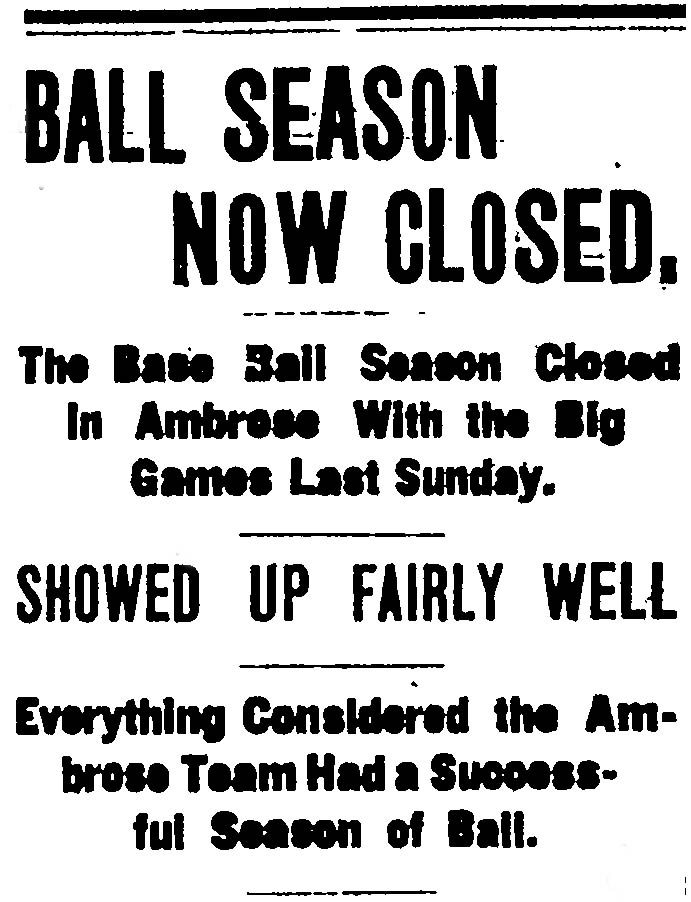
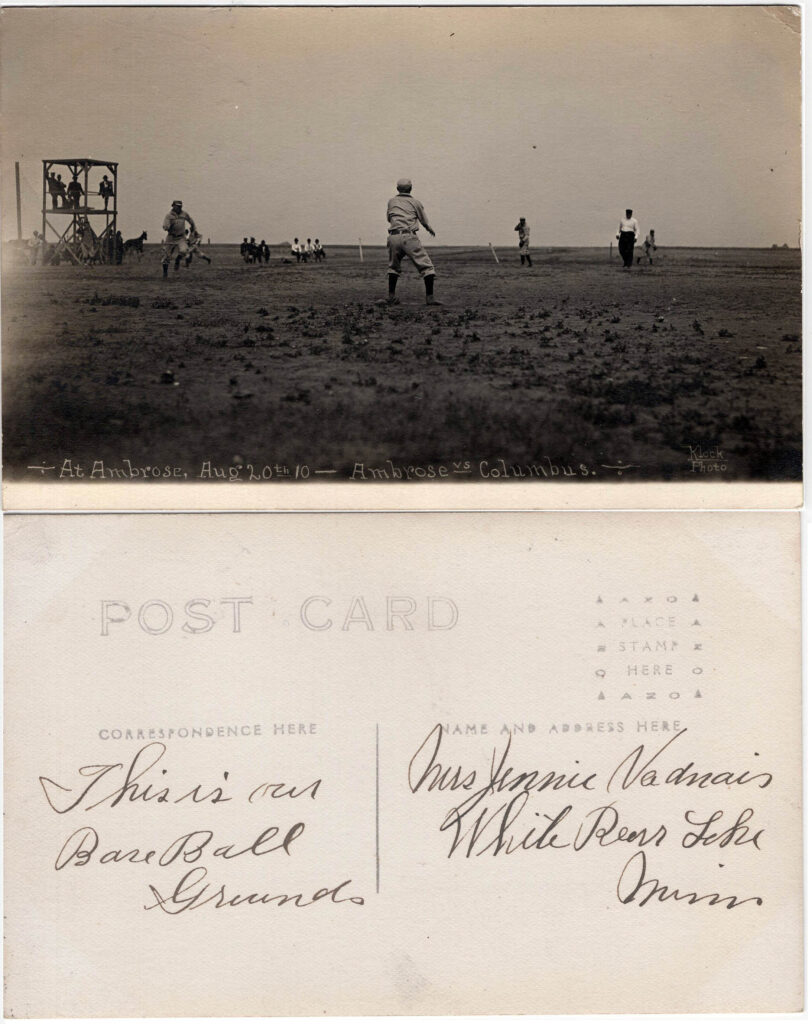
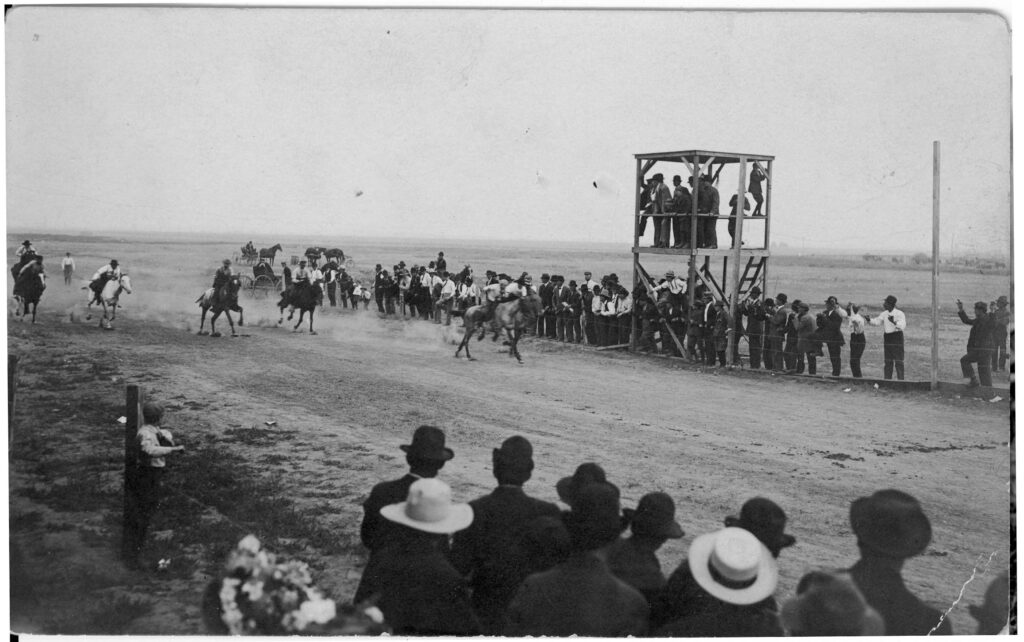
It was held in the same location as the baseball grounds.
The August 26, 1910 issue of the Ambrose Newsman told of the events shown on the above postcards. The ball game and the free for-all horse race were a part of the first “Grand Harvest Festival.” Dignitaries attending included the governor of North Dakota, John Burke.8
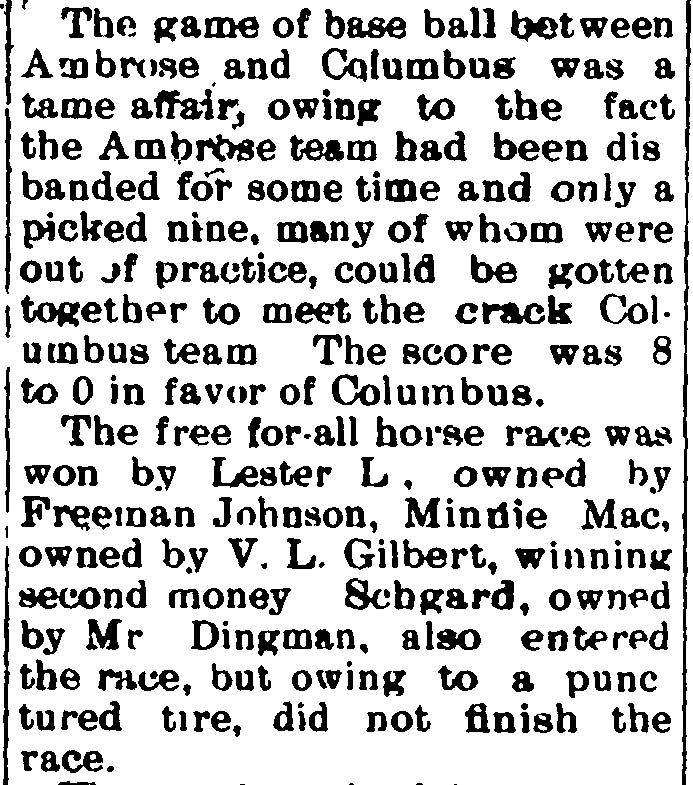
The population of Ambrose was at an all-time high of 600 people by 1911. It boasted that it was the largest city in Divide County with a total of 32 businesses.9 On the sports front, the 1911 baseball season opened with the team officers being elected; Joe Vadnais was chosen as the captain of the team.
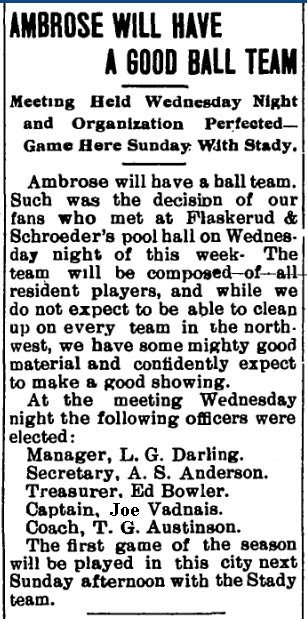
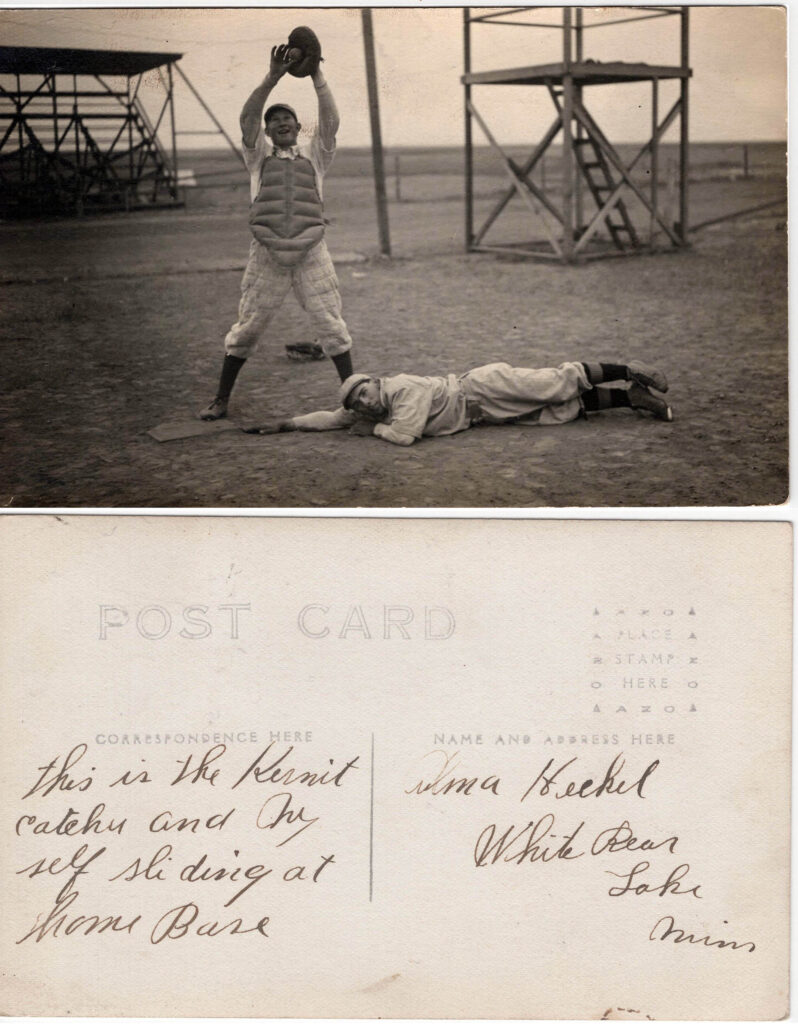
The staged photo is addressed to Alma Heckel, Joe’s only sister.
June 28, 1912 the Ambrose Tribune reported that “Joe Vadnais left Ambrose Tuesday and joined the Bowbells team on Wednesday.”11 (Bowbells is about 67 miles southeast from Ambrose.)
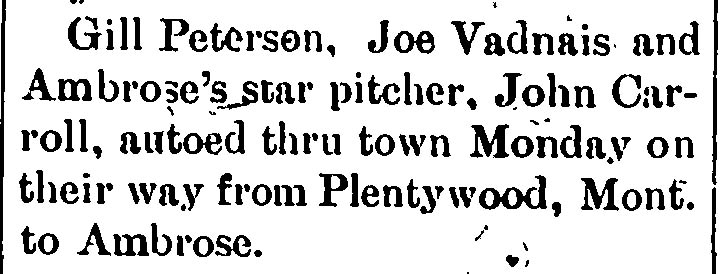
(the report came from the town of Stady)
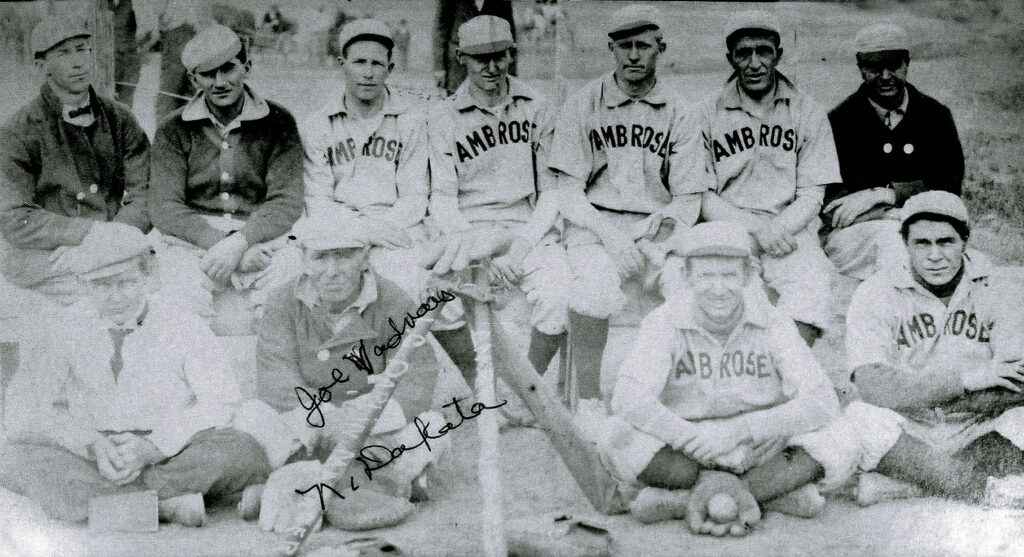
Baseball news is frequent in 1913 and 1914, even though I know that Joe is still in Ambrose, he is not mentioned. Here are a few of the articles from those years.
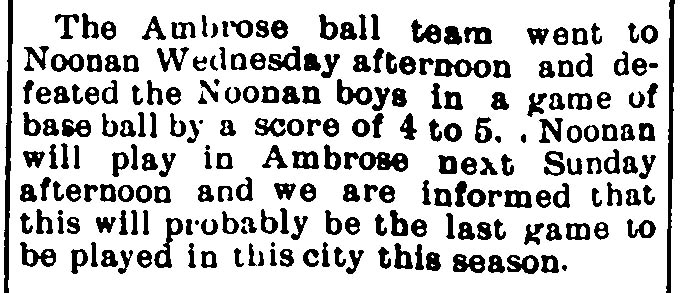
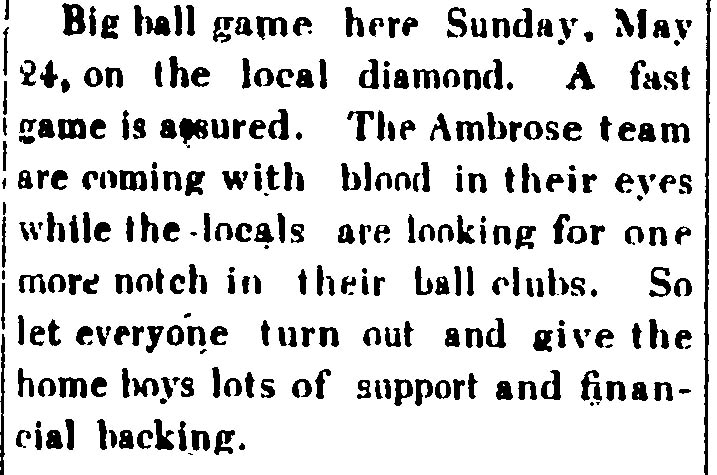
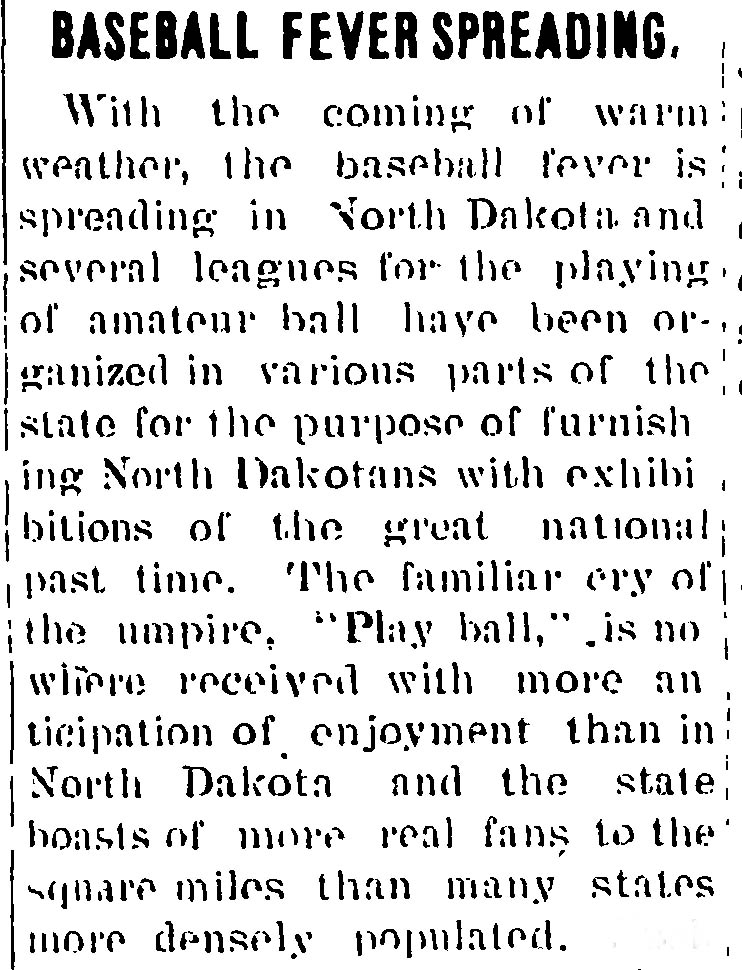
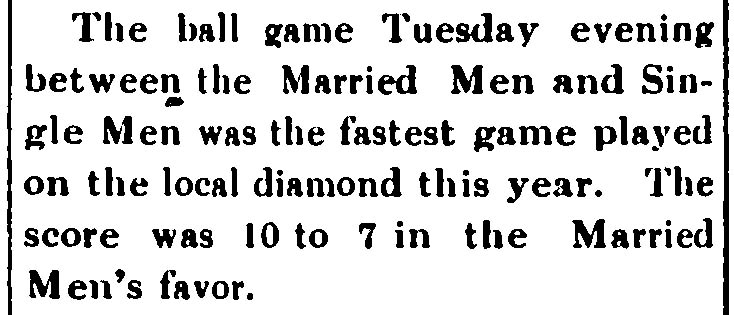
(Joe would have played on the married team.)
Tragedy struck Ambrose August 14, 1914 when the first of several fires destroyed a number of businesses in the small town. It was the beginning of the end. By 1920 the population had dropped to 389. Currently there are about 25 people who live in Ambrose.17
What happened to Joe? He, like many others, moved on. I’ll write more about him later on.
Thanks for visiting, come back soon,
Cindy
© 2023 Copyright by Cynthia Vadnais, All Rights Reserved
Take Me Out To The Ball Game Read More »
